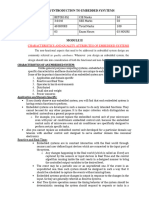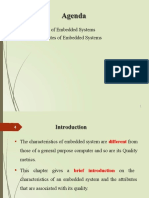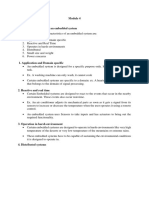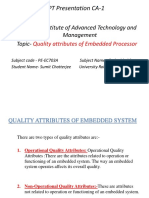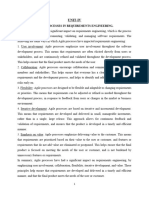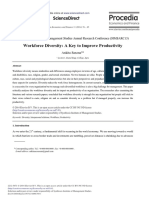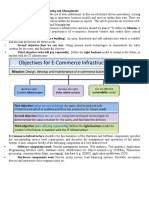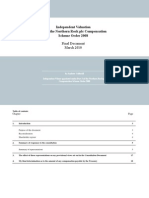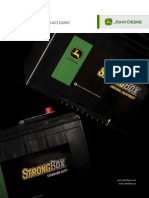0% found this document useful (0 votes)
8 views13 pagesModule 2
The document outlines the characteristics and quality attributes of embedded systems, highlighting their application-specific nature, real-time responsiveness, and ability to operate in harsh environments. It categorizes quality attributes into operational and non-operational aspects, emphasizing the importance of reliability, maintainability, security, and safety in system design. Additionally, it discusses factors such as size, power management, and cost considerations that are critical in the development and deployment of embedded systems.
Uploaded by
sujankpoojary147Copyright
© © All Rights Reserved
We take content rights seriously. If you suspect this is your content, claim it here.
Available Formats
Download as PDF, TXT or read online on Scribd
0% found this document useful (0 votes)
8 views13 pagesModule 2
The document outlines the characteristics and quality attributes of embedded systems, highlighting their application-specific nature, real-time responsiveness, and ability to operate in harsh environments. It categorizes quality attributes into operational and non-operational aspects, emphasizing the importance of reliability, maintainability, security, and safety in system design. Additionally, it discusses factors such as size, power management, and cost considerations that are critical in the development and deployment of embedded systems.
Uploaded by
sujankpoojary147Copyright
© © All Rights Reserved
We take content rights seriously. If you suspect this is your content, claim it here.
Available Formats
Download as PDF, TXT or read online on Scribd
/ 13





